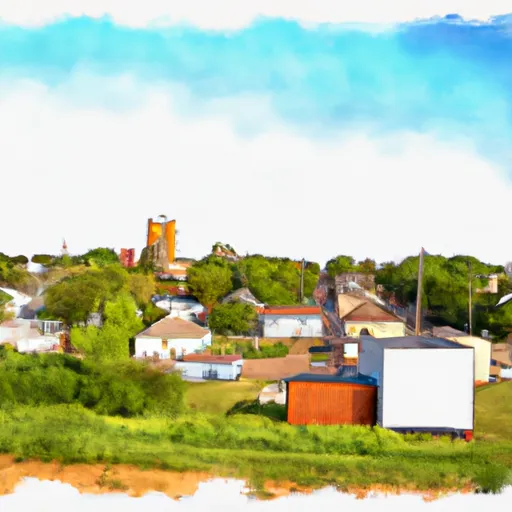°F
°F
mph
Windspeed
%
Humidity











Renwick, Iowa is a small town located in Humboldt County. The climate in Renwick is characterized as a continental climate, with hot summers and cold winters. Average high temperatures in the summer range from 80-90°F, while winter temperatures can drop to around 20-30°F. Precipitation is fairly evenly distributed throughout the year, with an annual average of around 30 inches.
Renwick is situated near the East Fork of the Des Moines River, which adds to the town's hydrology constituents. The river provides opportunities for fishing, boating, and other water-related activities. Outdoor enthusiasts can also explore the nearby Rice Lake State Park, which offers hiking trails, camping facilities, and a variety of wildlife viewing opportunities.
Overall, Renwick offers a pleasant climate for outdoor activities throughout the year, with opportunities for water-based recreation and exploration of the natural surroundings. Whether it's fishing on the river or hiking in the state park, residents and visitors of Renwick can enjoy the beauty of nature in this charming Iowa town.
Weather Forecast
Renwick receives approximately 833mm of rain per year, with humidity levels near 81% and air temperatures averaging around 8°C. Renwick has a plant hardyness factor of 5, meaning plants and agriculture in this region thrive during a short period during spring and early summer. Most plants will die off during the colder winter months.
Regional Streamflow Levels
205
Cubic Feet Per Second
14
Cubic Feet Per Second
8
Cubic Feet Per Second
361
Cubic Feet Per Second
Nearby Camping
| Camping Area | Reservations | Toilets | Showers |
|---|---|---|---|
| Allansons Park | |||
| Baylor Co Park | |||
| Riverside Park - St Peter | |||
| Benton Beach | |||
| Rapidan Dam Co Park | |||
| Daly County Park |



